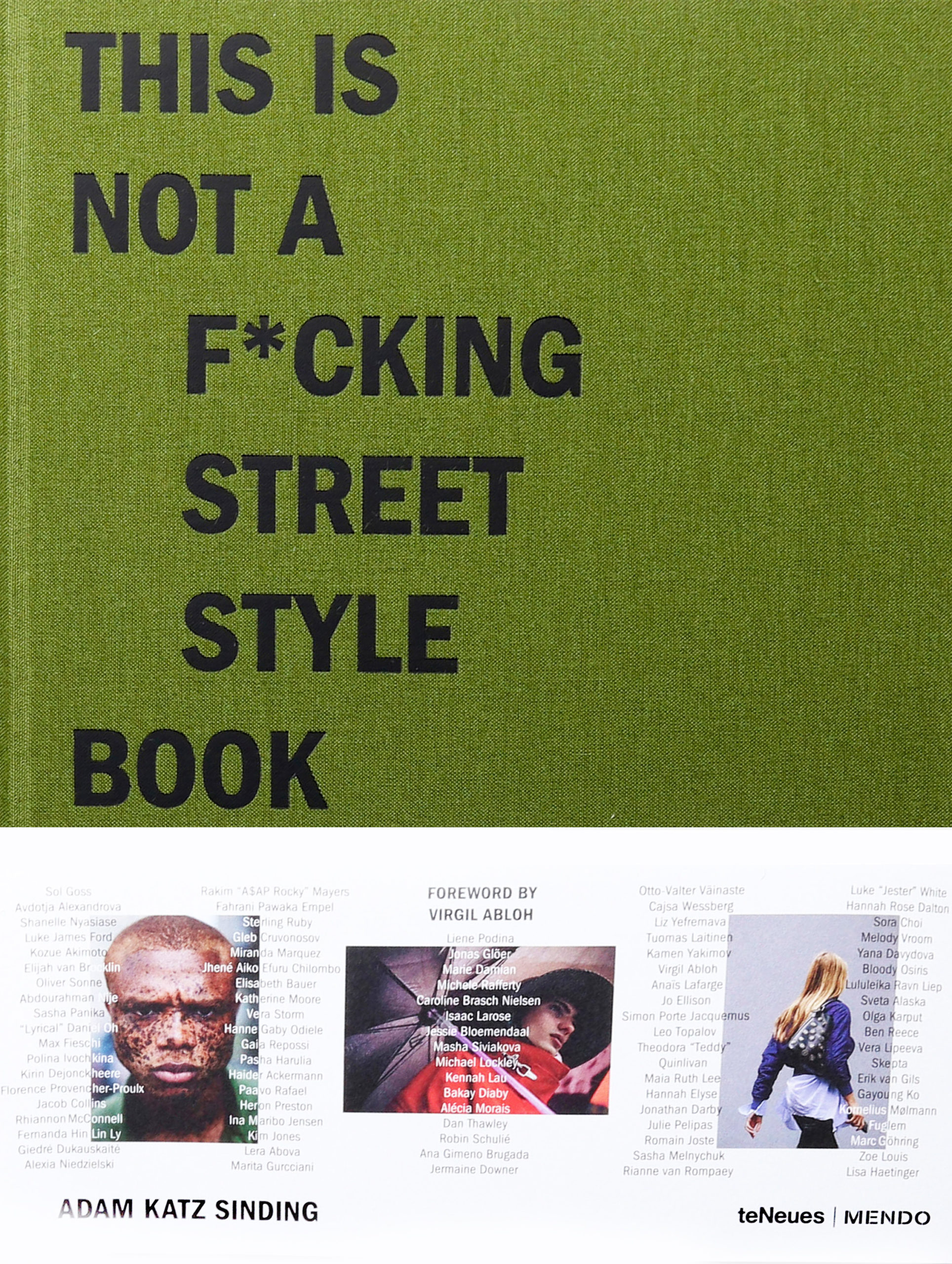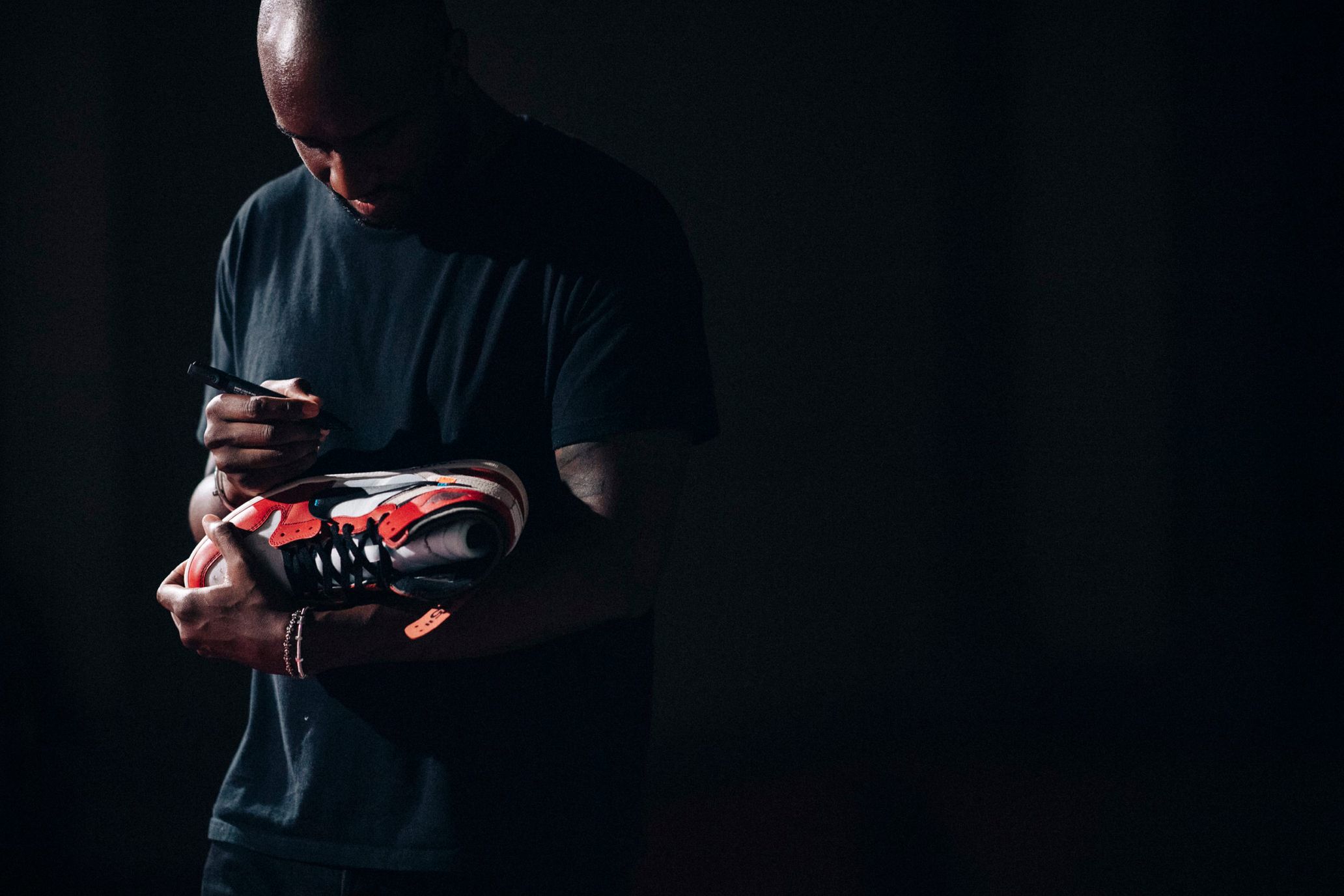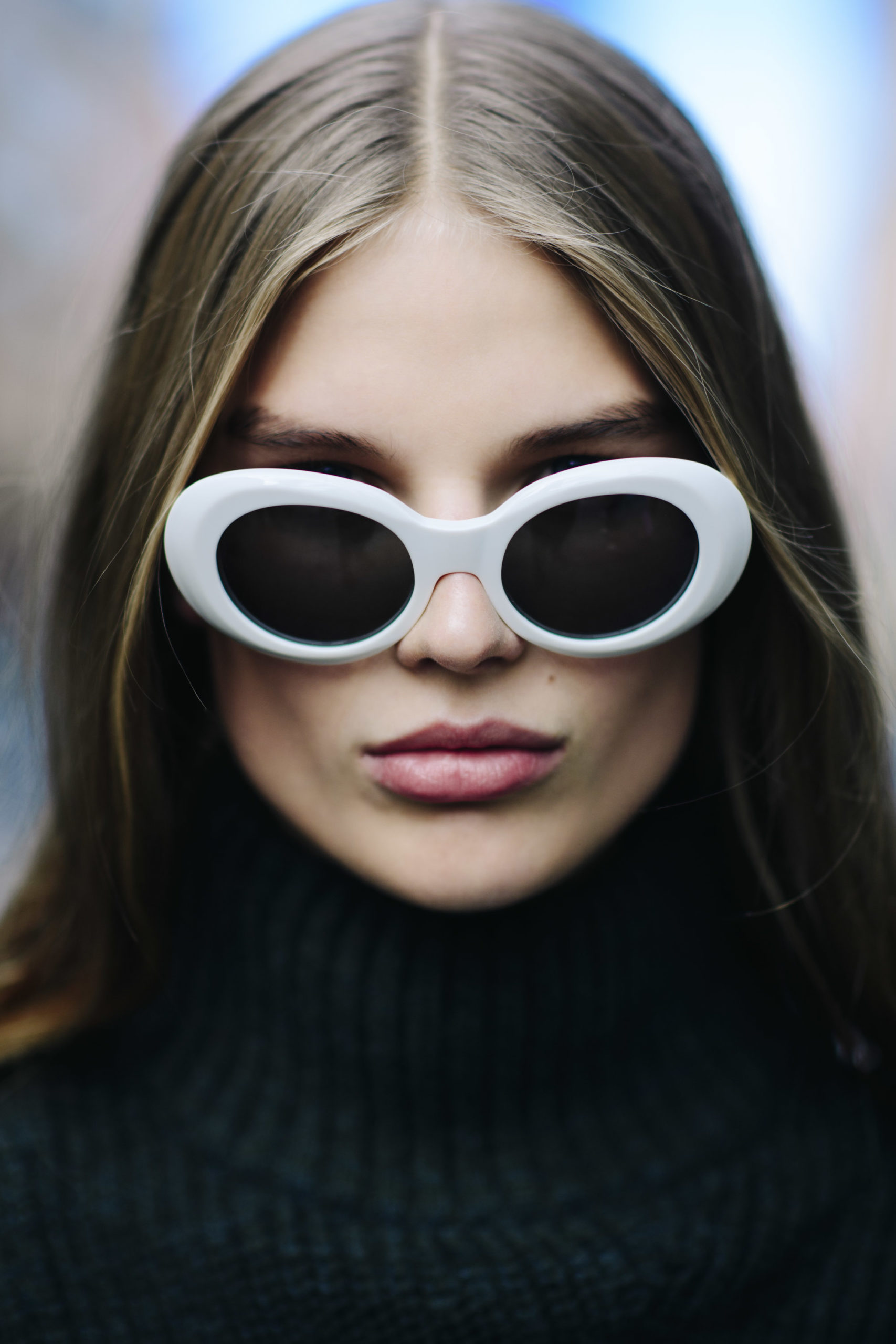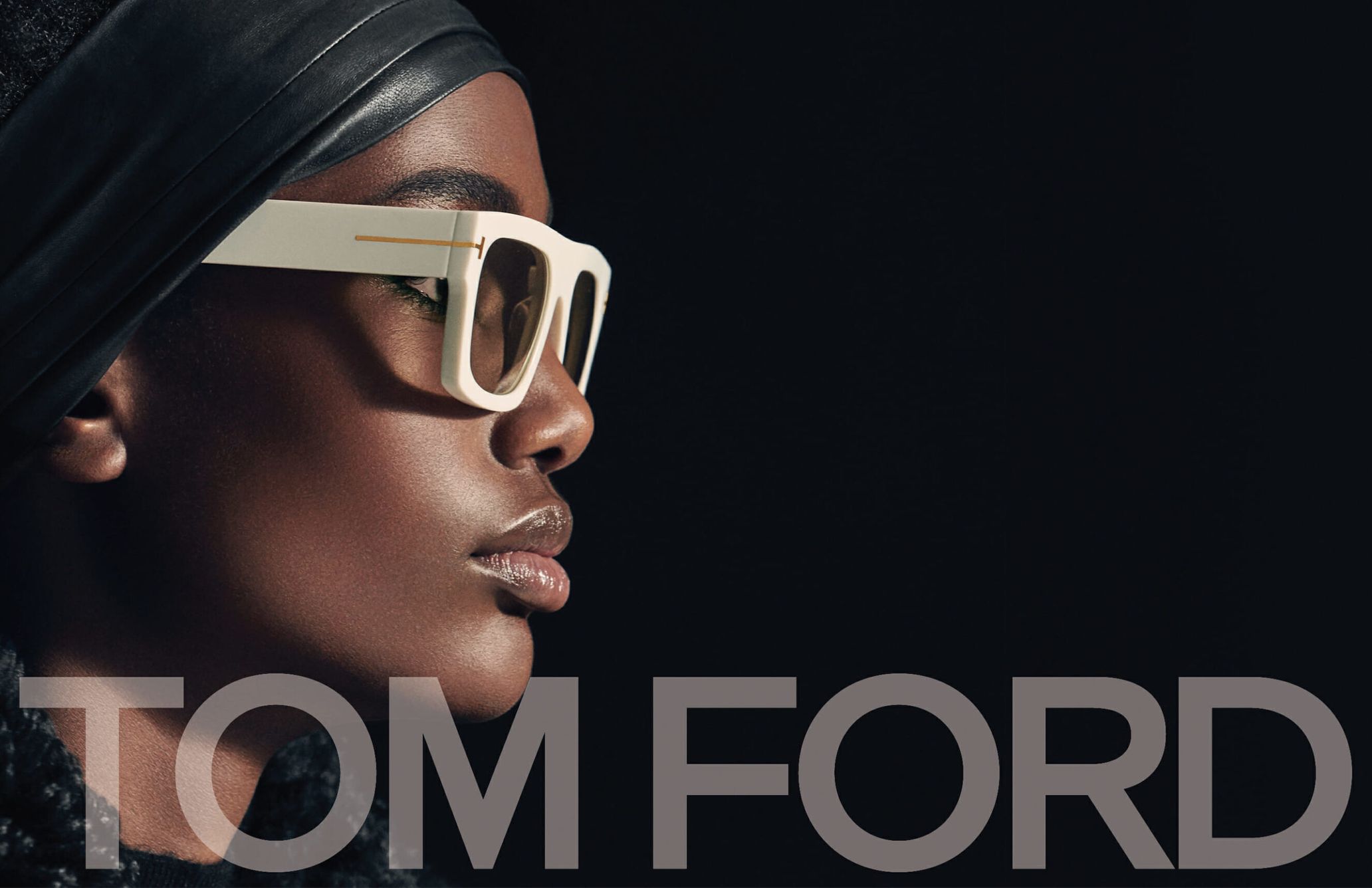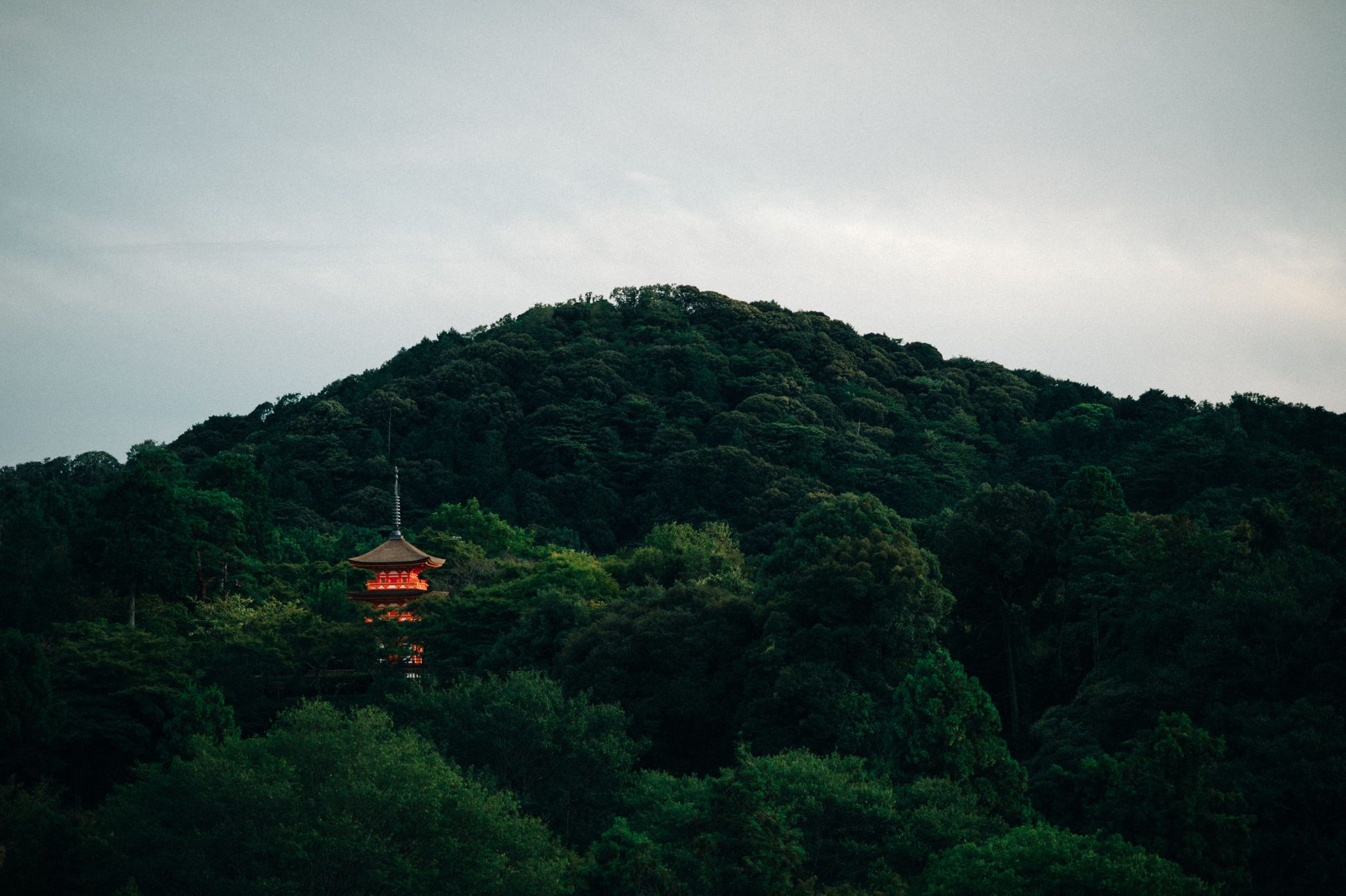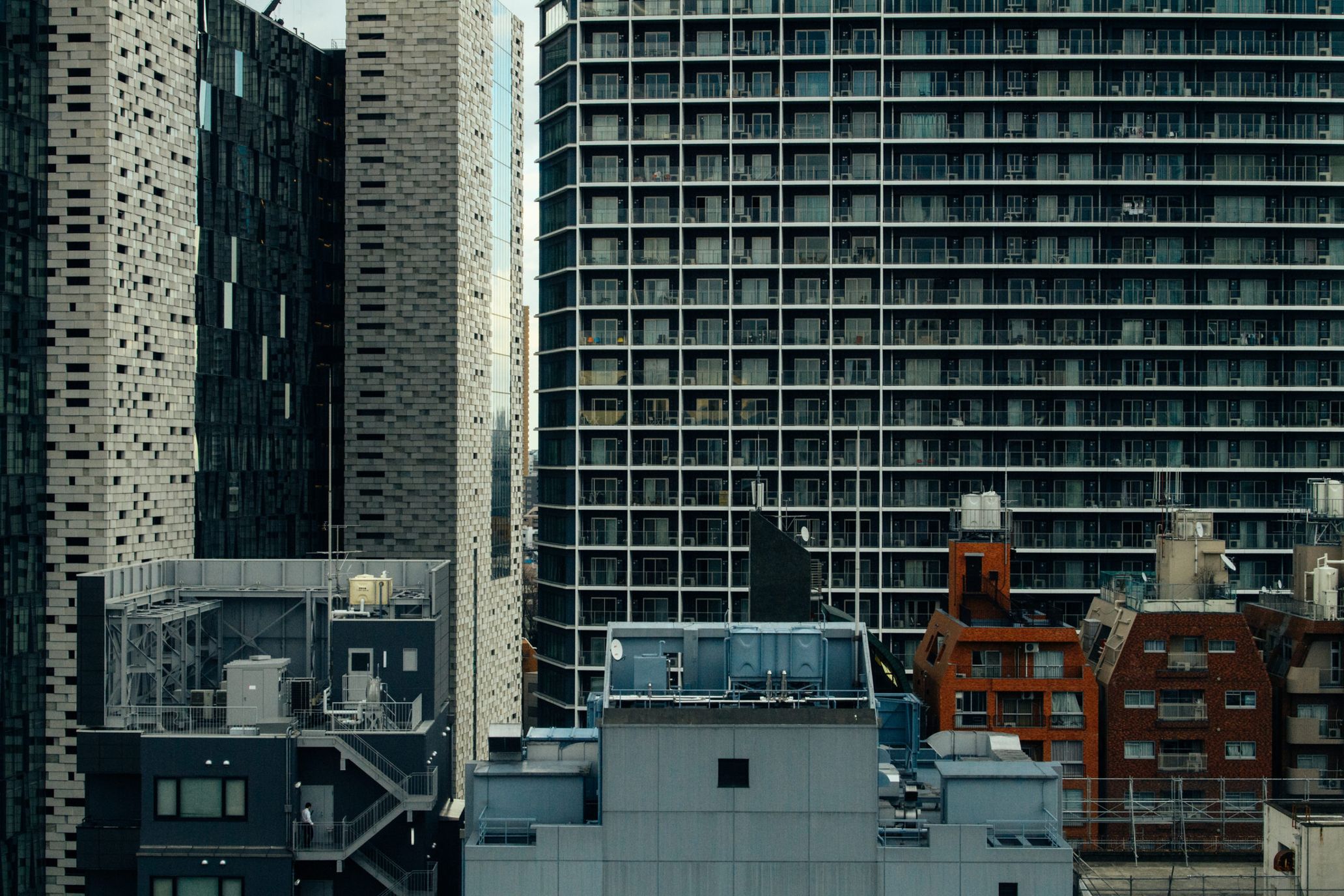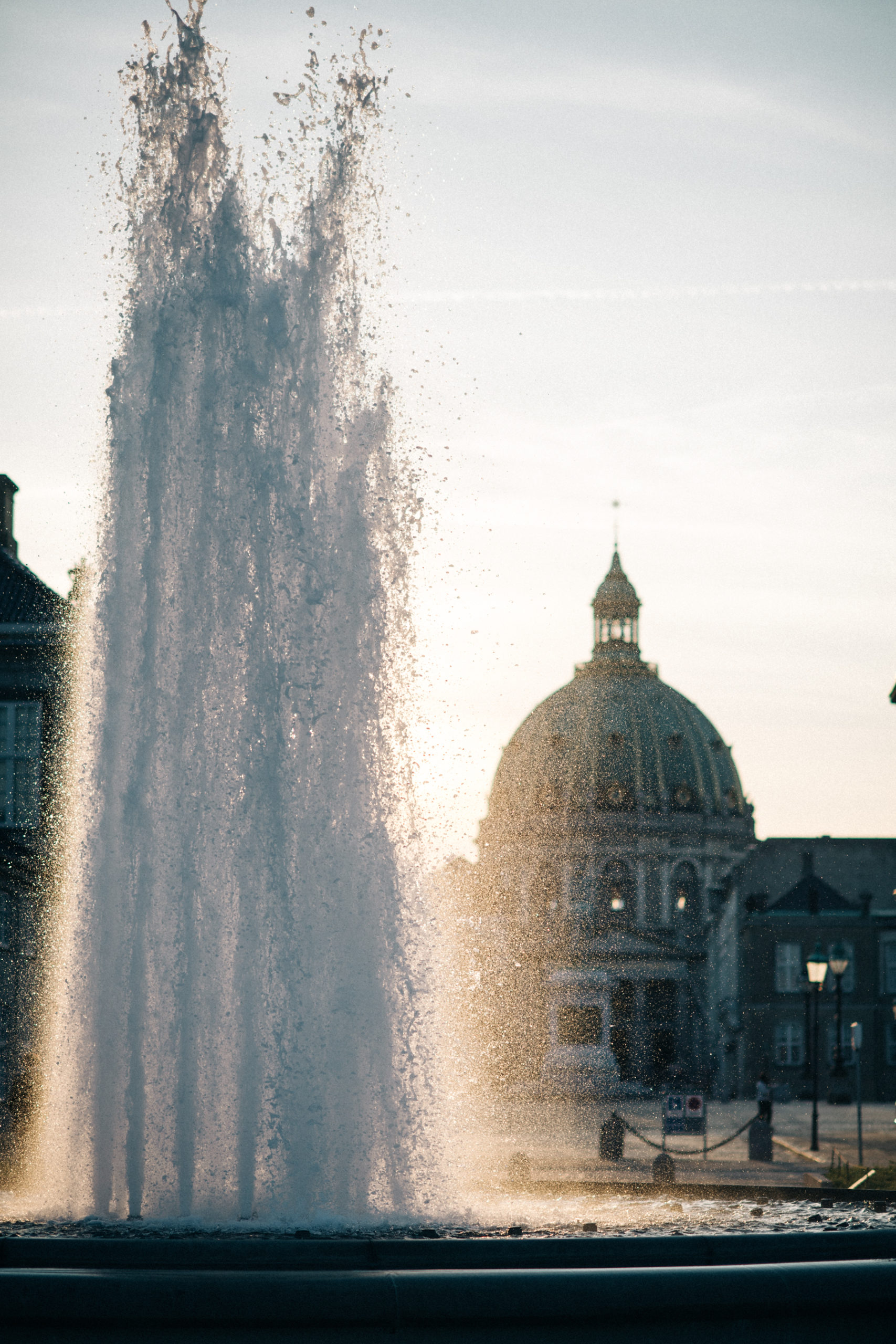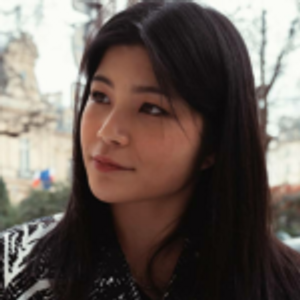Copenhagen-based photographer Adam Katz Sinding has been shooting street-style and backstage at fashion weeks around the world. The photos show the uplifting feelings and the momentary expressions of the visitors during fashion weeks, particularly the “moment” is reflected in all his work. Unlike other street-style photography, his photographs from the journalistic perspective that dwell in the “moment” of now are different, and Adam pioneered young street-style photographers.
Since then, he has owned clients of luxury brands such as Louis Vuitton and Tom Ford and published his first photobook “This Is Not A F*cking Street Style Book” in 2018. In a conversation with Adam and Virgil Abloh, the creative director of Louis Vuitton menswear, said “Your photography allows me to see what’s going on around me and in the fashion industry.”
Up to now, Adam is a jet setter who has averaged only 30 days at home per year and last year flew over 10 laps of the earth. What is reflected in his eyes forced to stay at home in Denmark, where lockdown started early in Europe following the pandemic of COVID-19 (a global epidemic) We approach the psychology of street-style photographers who cut out the realities of fashion.
Come into the photography world with the camera inherited from his father
— What make you start using camera?
AKS: After my dad passed away when I was 11years old, I started playing with his camera. When I was working in a hotel in Seattle where my coworkers would go out and take photos after work. I bought a Nikon D70, the beginning of digital cameras at the era. One day, I did a light-test on my friend, and I thought the photo really captured his personality. Then I decided to begin to shoot people on the streets as I’d head to work or take my lunch break. It was always just for fun.
— How did you become a professional photographer?
AKS: I moved to New York City on 31st of December 2010, so my first Fashion Week was in February 2011 in New York City. When I showed up at Lincoln Center, there were just Tommy Ton, Bill Cunningham, Scott Schuman and a few others. It was exciting to me! There was so much going on. I was running around like a crazy person.
— Has the world of street-style photographers changed in the last 10 years?
AKS: In the coming years the number of photographers increased exponentially. People would be swarmed by photographers as they entered the shows. So many photographers wanted to shoot people with big followings in hope of having their photo reposted so that they could grow their audience, because it was around the time that Instagram was invented. Thusly, I feel that street-style has become boring to the viewer, as they are bombarded by 500 photos of the same person in the same outfit on their instagram feed. I still shoot for the same reasons I used to however. I just love it.
“The photobook is the proof that I’m not just a one-trick-pony”
— The first book published in February 2018, the second book published in June 2019. What kind of your thought put in each book?
AKS: The first book took about 18 months to put together. It was a nightmare… but an amazing thing to try to tackle. No surprise if MENDO publisher hates me pretty much after the first book process, because I stress every detail to a degree that drives most normal people crazy.
The purpose of the book was to show a larger body of what I do. I don’t shoot “street-style”, but instead I’m a photographer covering many aspects of the fashion week events: portraiture, backstage, etc. The second book was a by-product of the first book such as photos taken while on the road to these fashion week events. I love taking photos of landscapes and objects just as I did back when I first started in Seattle. It’s important to show people our world out there, and also I wanted to prove that I’m not just a one-trick-pony.
— On the interview by MENDO publisher, Virgil Abloh said about your photography like “These clothes will be sold, thrown away or stored, but these images last.” If your photography is going to stay in your photobook, what does your documental photography is captured the “moment” of now mean in the future?
AKS: My photography is my diary. I take these photos for myself, and always have. When you find a photo of yourself or your friends from High School it blows your mind how much you’ve aged, how bad your style was, etc. Just a very nice coincidence that others have enjoyed looking at them. It’s a time capsule as each person who sees it can feel it freely, and due to the fact that I’ve developed an audience of sorts, it’s become a time capsule for the masses.
— What have you experienced through the commercial job with Tom Ford?
AKS: Shooting in-studio is a totally different vibe. Although having control over the situation is great, it’s also hard for me. I normally react to an environment presented to me, like in a backstage: you may have 5 minutes to shoot and the light is shit, so you have to find a little pocket of light that works for you and hope for the best. In-studio, it’s completely opposite. In the end, I feel that I am good at direction, but I do somewhat miss the candid aspect of shooting when I’m on a commercial job. That being said, I want to do more commercial work in order to augment my skills when presented with this much control.
— You are such a jet setter. How many miles have you got last year?
AKS: Last year I flew 264,164 miles (approximately 10 and half laps of the earth) with 380 hours in the air. This year only 33, 459 and 52 hours.
— Traveling is not cheap, isn’t it?
AKS: My expenses are horrendous at the beginning of my career… Luckily, for the smaller fashion weeks we are often flown in and given a hotel and have meals covered. But I still have to pay my retoucher, my website assistant, my web-developer. I travel because I just love it.
“Japanese culture is very genuine and over-all great”
— Have you every been to Japan?
AKS: I came for Fashion Week twice and once for a book-signing at RESTIR. I’ve only been to Kyoto and Tokyo, I really like them both. I just hate that I can’t get most of the best clothing in my size! Japanese people, in my opinion, are extremely polite. Hospitality is incredible. I do feel that the culture is very genuine and over-all great.
— Through your eyes, how do you see Japanese street-style?
AKS: I felt that normal on the street people were not as “out of this world” as I had expected. Harajuku was pretty tame in my eyes. That being said, I need to come back for a week or more and really give it another chance to visit local areas.
— What would you like to shoot in Japan when you visit next time?
AKS: I would love to visit Tokyo for 2 weeks and really explore. Then I want to go back to Kyoto and see Osaka for my first time. One of my dreams to cycle around Japan. I’ve seen some rides people have done and it gets me very excited. Hope one day that Rakuten Fashion Week would invite me back so I can explore.
A new perspective on life is found in the pandemic
— Is there any reason to be based in Copenhagen?
AKS: Once you visit Copenhagen, you would realize how the city is incredible. The weather doesn’t bother me as many may think. It’s just like Tacoma, Washington state where I’m from. The only thing I miss is mountains, but Norway and Sweden are just across the water. I have to say, being home a few months in Copenhagen under confinement has absolutely given me a new perspective on life.
— What exactly is your new perspective on life?
AKS: It’s the longest I’ve been in one place in 8 years. I succeed to lose 10kg. I’m happier than I’ve ever been! It lets me know what’s important: Having a routine, grocery shopping, sleeping in, these are luxuries I haven’t had in YEARS.
— Do you think the crisis would change the fashion industry or the world of street-style photographers?
AKS: Yes, it’s a bit scary as I don’t quite know what to do or what will happen. I think that less people will travel for Fashion Week for a long time. But as soon as it’s possible to go again, I will go.
— What do you expect your own future?
AKS: I will travel less frivolously. Hopefully have more time for “real life” and to be able to do more commercial work locally and abroad in order to pay my bills and be able to maintain a more stable existence.
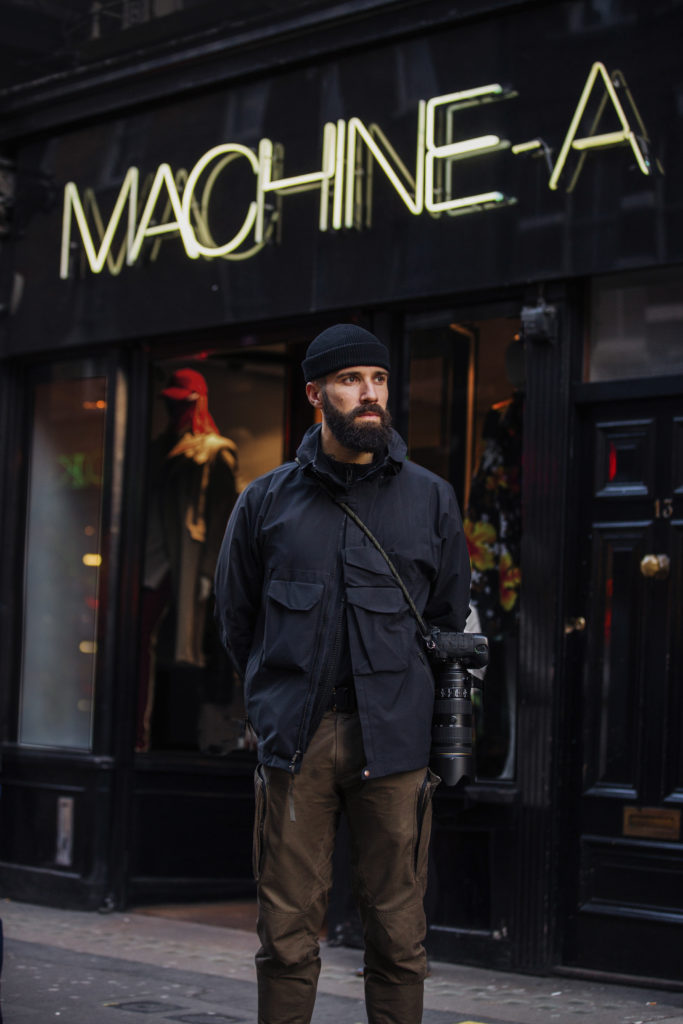
www.garconjon.com
Adam Katz Sinding
Born in 1983 in San Francisco, USA. He got start as a photographer when he inherited his father’s camera. After spending six months in Paris, he became interested in fashion, and 2007 he started taking pictures on the streets of Seattle and founded his website “Le21eme”. Same year, he moved to New York and started working in earnest, and 2018, he released his first photobook, “This Is Not A F*cking Street Style Book,” which was highly acclaimed by those in the fashion industry. His clients include luxury brands such as Louis Vuitton, and media such as Vogue.
Picture Provided Adam Katz Sinding













